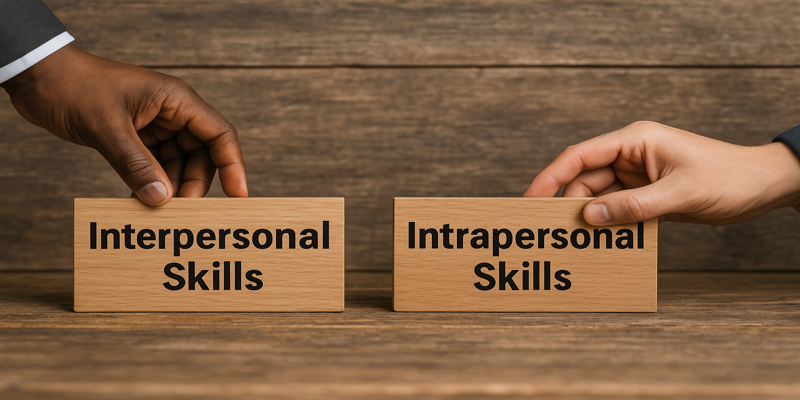The Power of Empathy: Understanding the Unseen Battles
Empathy, the ability to understand and share the feelings of another, is a crucial human skill that fosters connection and compassion. As depicted in the iceberg metaphor, much of what influences people’s behaviour lies beneath the surface, invisible to the naked eye. Recognising the unseen struggles that individuals face can transform our interactions and lead to a more empathetic and supportive society. The Visible and Invisible The iceberg analogy effectively illustrates the dichotomy between what is visible and what remains hidden in human behaviour and experience. Above the waterline are aspects such as body language, interactions, expressions, and social behaviour—what we observe and often use to judge others. However, these visible traits are just the tip of the iceberg. Beneath the surface lies a vast array of internal experiences: private selves, past experiences, feelings, losses, and pains. These elements significantly influence a person’s outward behaviour but are often concealed from public view. Why Empathy Matters Empathy plays a pivotal role in bridging the gap between visible actions and invisible emotions. According to Brené Brown, a renowned researcher and author, “Empathy is feeling with people” (Brown, 2010). This means placing oneself in another’s position to understand their emotions and perspective, which fosters deeper connections and reduces misunderstandings. Empathy is essential in various contexts, from personal relationships to professional environments. In healthcare, for instance, empathic communication between doctors and patients has been shown to improve patient outcomes and satisfaction (Mercer & Reynolds, 2002). Similarly, in education, teachers who exhibit empathy can create more inclusive and supportive learning environments, enhancing students’ academic and emotional development (Cooper, 2011). The Science Behind Empathy Empathy is not merely a social skill but is deeply rooted in our biology. Neuroscientific research has identified mirror neurons, which fire both when we perform an action and when we observe someone else performing the same action. These neurons play a crucial role in our ability to empathise (Iacoboni, 2009). Moreover, the hormone oxytocin has been linked to empathic behaviour, promoting social bonding and trust (Zak, 2011). Despite its biological basis, empathy is also a skill that can be cultivated. Practices such as active listening, mindfulness, and exposure to diverse perspectives can enhance our empathic abilities. For instance, engaging in activities like reading fiction has been shown to increase empathy by allowing readers to experience different viewpoints and emotional landscapes (Oatley, 2011). Overcoming Barriers to Empathy While empathy is innate to some degree, several barriers can hinder its expression. Cultural differences, personal biases, and emotional fatigue are common obstacles. Addressing these barriers requires self-awareness and a commitment to continuous learning and growth. Developing cultural competence, for example, involves recognising and respecting diverse cultural norms and values, which can enhance empathetic interactions across different backgrounds (Betancourt et al., 2003). Additionally, practising self-care is vital for maintaining empathy, especially for those in caregiving professions who are prone to burnout. Strategies such as setting boundaries, seeking support, and engaging in regular self-reflection can help sustain one’s capacity for empathy. Empathy in Action Empathy is not only about understanding but also about action. Compassionate actions, driven by empathy, can significantly impact individuals and communities. Simple acts of kindness, such as offering a listening ear or a helping hand, can alleviate the burden of those struggling with unseen battles. On a larger scale, advocacy for social justice and support for mental health initiatives are expressions of empathy that can lead to systemic change. Empathy is a fundamental human capacity that allows us to connect with others on a deeper level. By recognising the invisible battles that people face and cultivating our empathic abilities, we can create a more compassionate and understanding society. As the saying goes, “Be kind, for everyone you meet is fighting a hard battle.” References Betancourt, J. R., Green, A. R., Carrillo, J. E., & Ananeh-Firempong, O. (2003) “Defining cultural competence: A practical framework for addressing racial/ethnic disparities in health and health care”. Public Health Reports. 118(4), pp. 293-302. Brown, B. (2010) The Power of Vulnerability. TEDxHouston. Cooper, B. (2011) Empathy in education: Engagement, values, and achievement. Bloomsbury Publishing. Iacoboni, M. (2009) Mirroring People: The New Science of How We Connect with Others. Picador. Mercer, S. W., & Reynolds, W. J. (2002) “Empathy and quality of care”. British Journal of General Practice. 52(Suppl), S9-S12. Oatley, K. (2011) Such Stuff as Dreams: The Psychology of Fiction. Wiley-Blackwell. Zak, P. J. (2011) The Moral Molecule: The Source of Love and Prosperity. Dutton.










